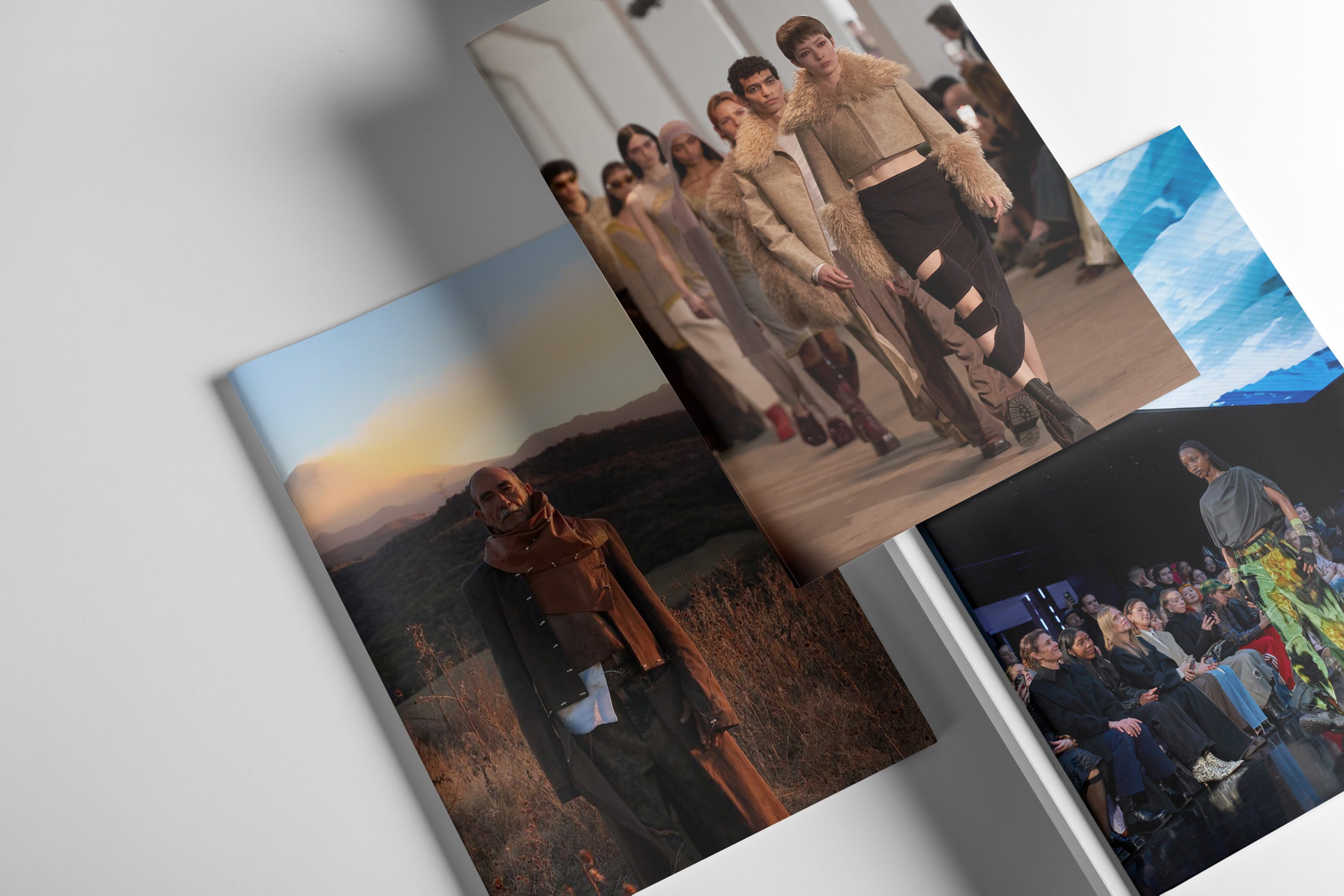As Brands Look to Take on the Luxury Slowdown, NYFW Is in a Unique Position to Build a New Creative Community
By Mark Wittmer
The winds of change are blowing through fashion again: not only is the Spring 2025 season about to set the tone for a new year in fashion, but it comes amid more and more news of mixed financial results as the industry feels the effects of a slowdown in luxury spending.
Design isn’t the only thing that determines a brand’s success, but a runway show is the first step in making an impression in the new season – and the new fiscal year. How can New York’s designers respond to the unique challenges and opportunities they face this season to make the most of fashion week?
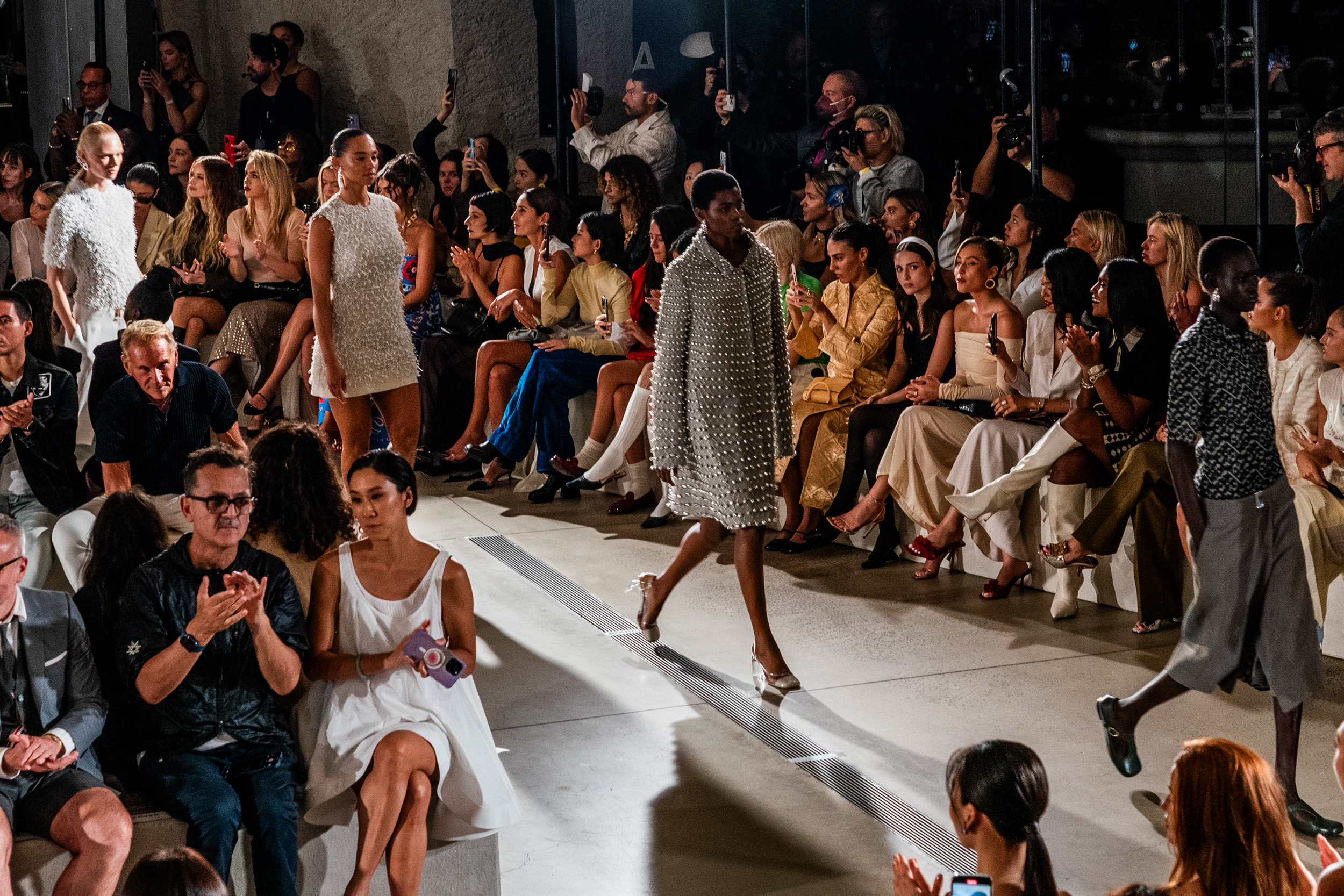
New York is in a unique position when it comes to challenges facing designers, many of which aren’t new this season, but have come into a sharper focus due to calendar changes and heightening logistical difficulties.
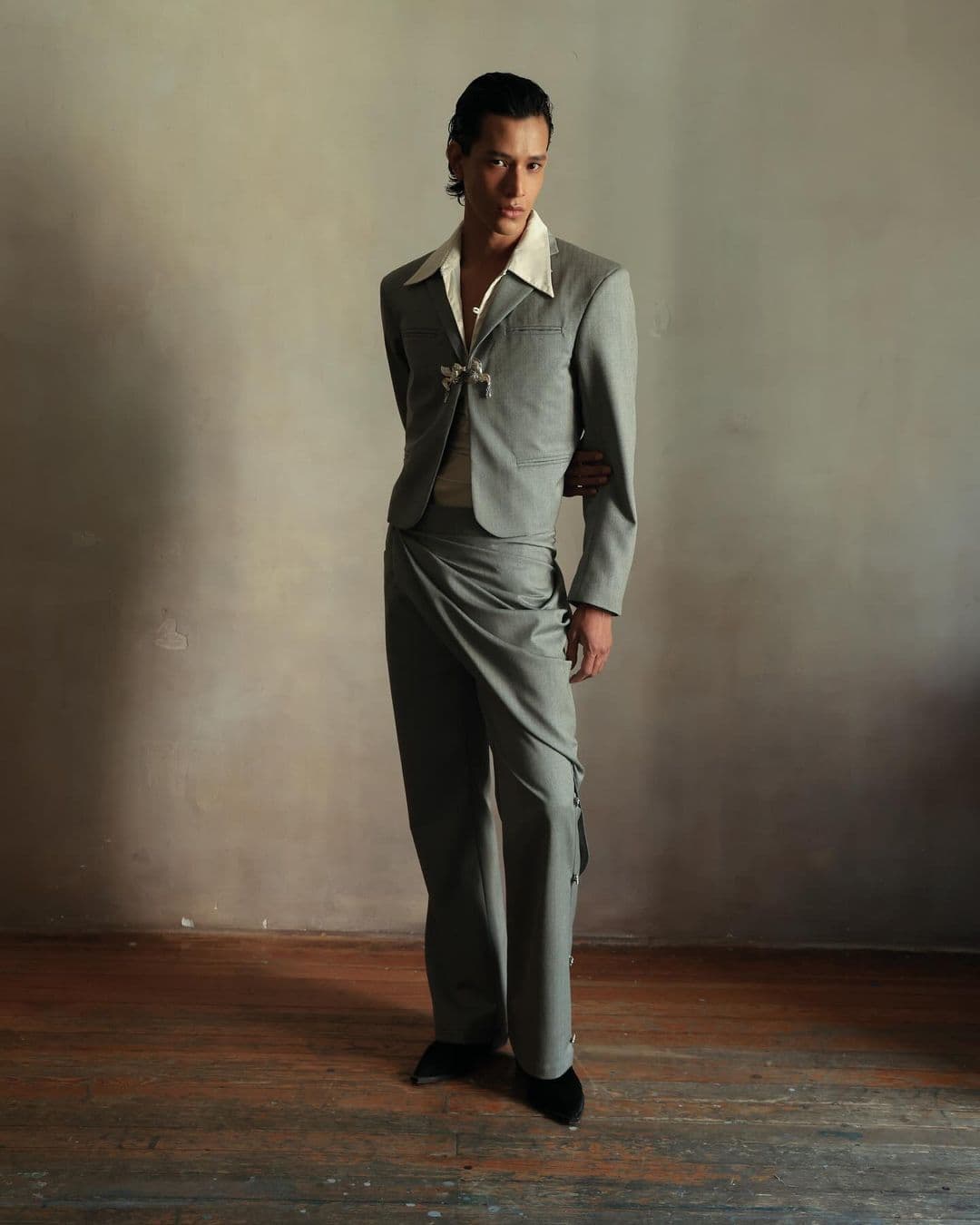
There are plenty of emerging and independent designers with strong points of view and an established community and customer base in New York. While European houses struggle to reconcile heritage, luxury slowdowns, global markets, and shifting creative perspectives, a new generation of American designers are carving out niches for themself with distinctive visions and a community-first approach. This season, I’m particularly looking forward to Willy Chavarria, Collina Strada, Elena Velez, Eckhaus Latta, and Luar – as well as Campillo, the beautiful Mexican menswear brand that is making its New York debut on the morning of the second day.
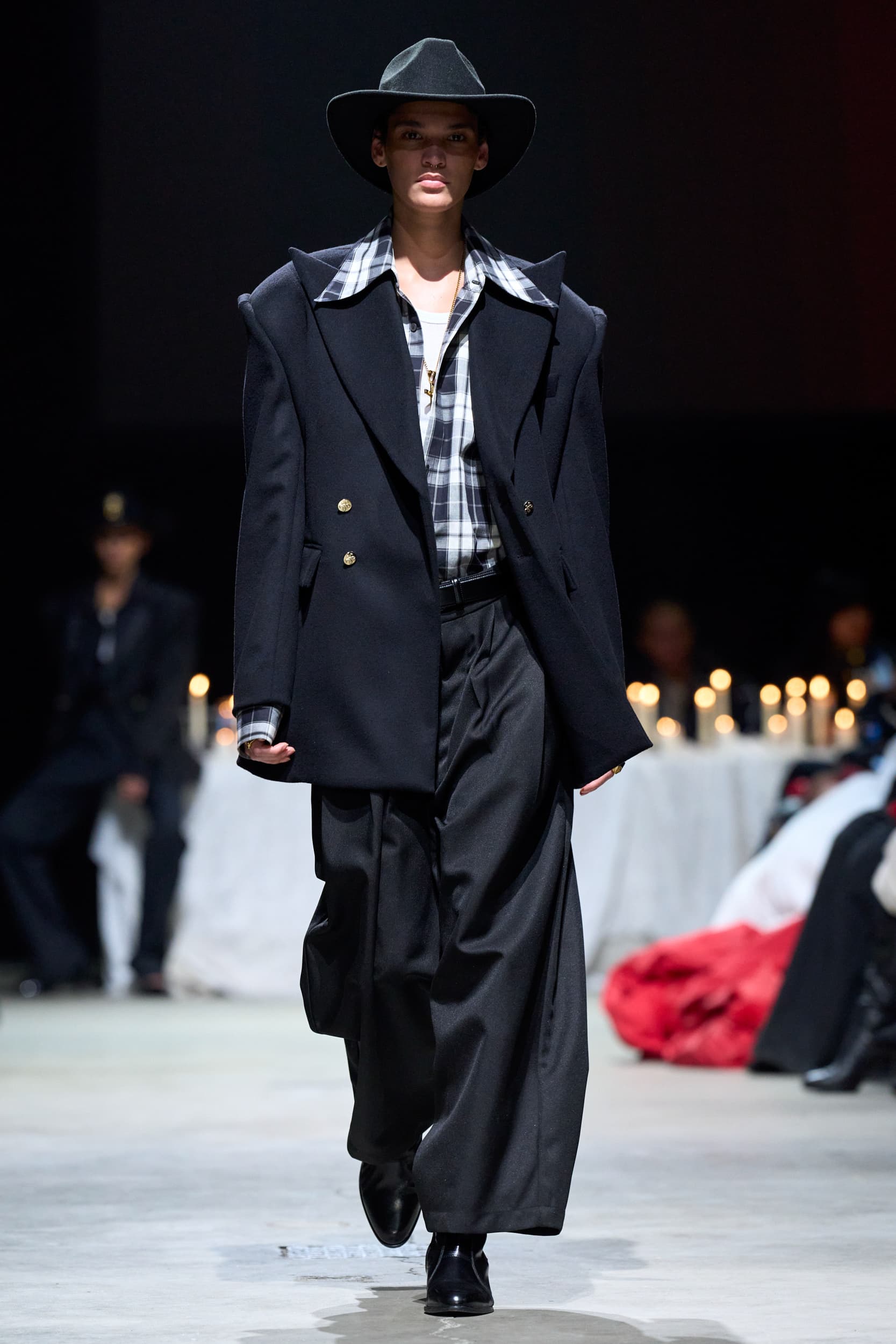
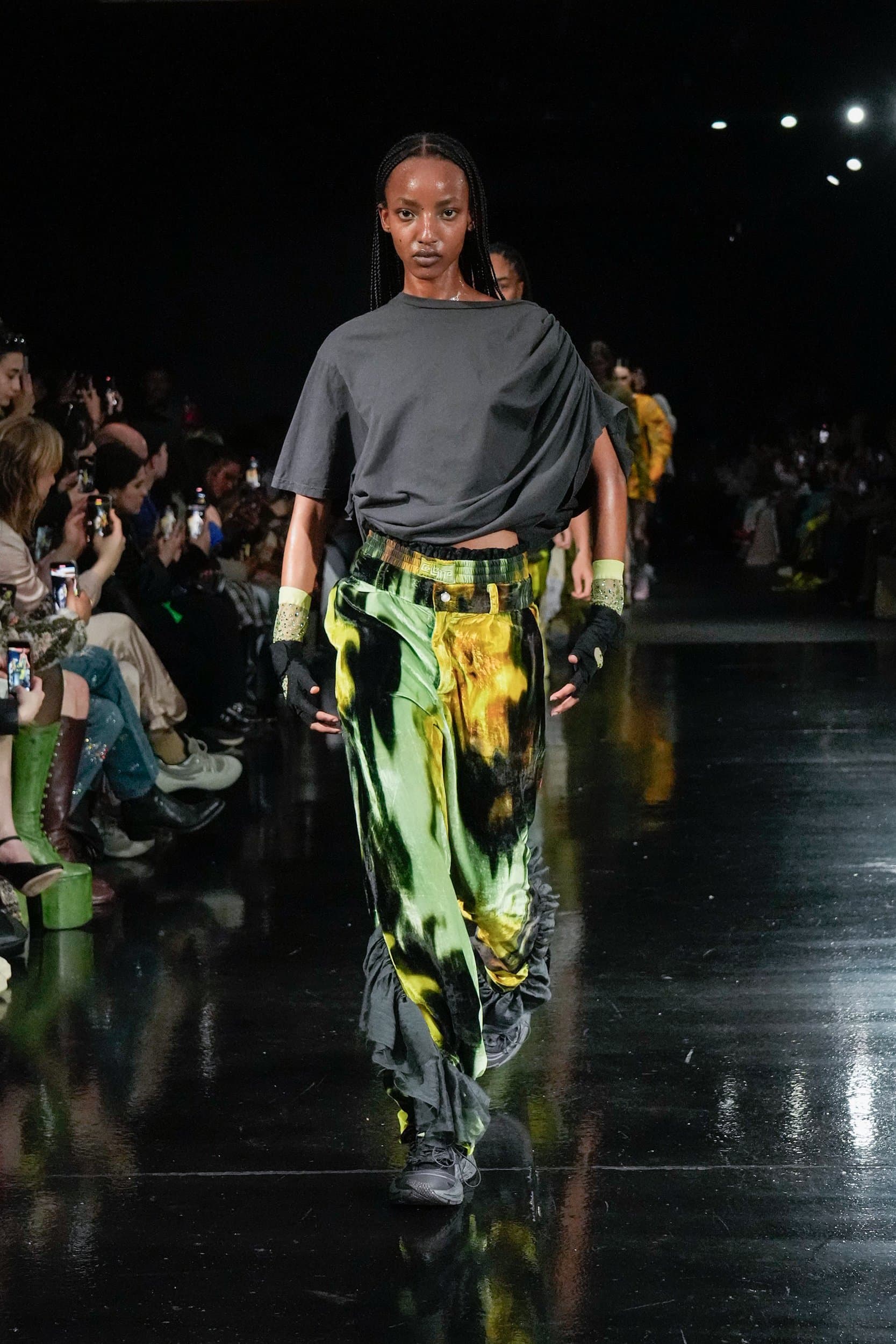
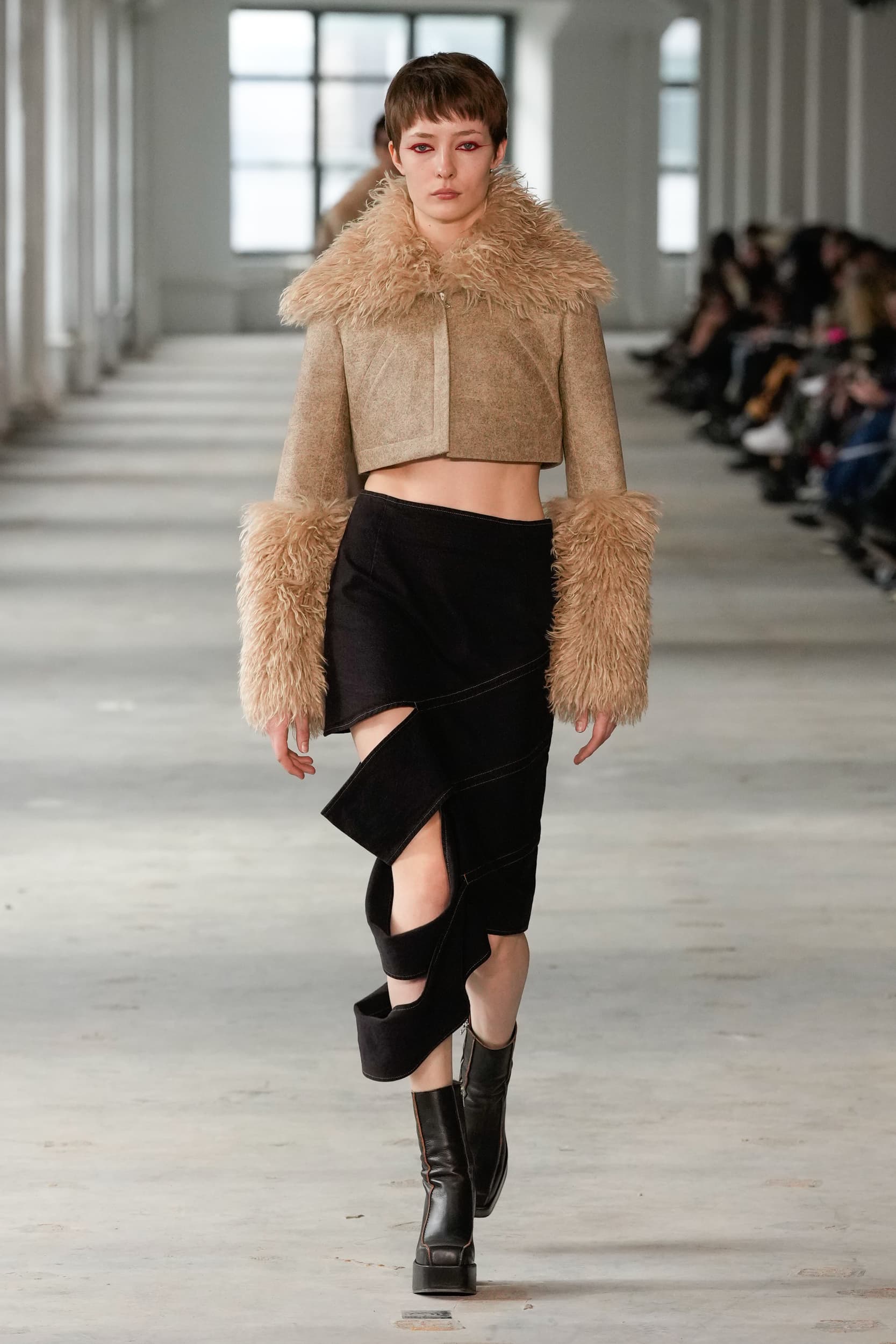
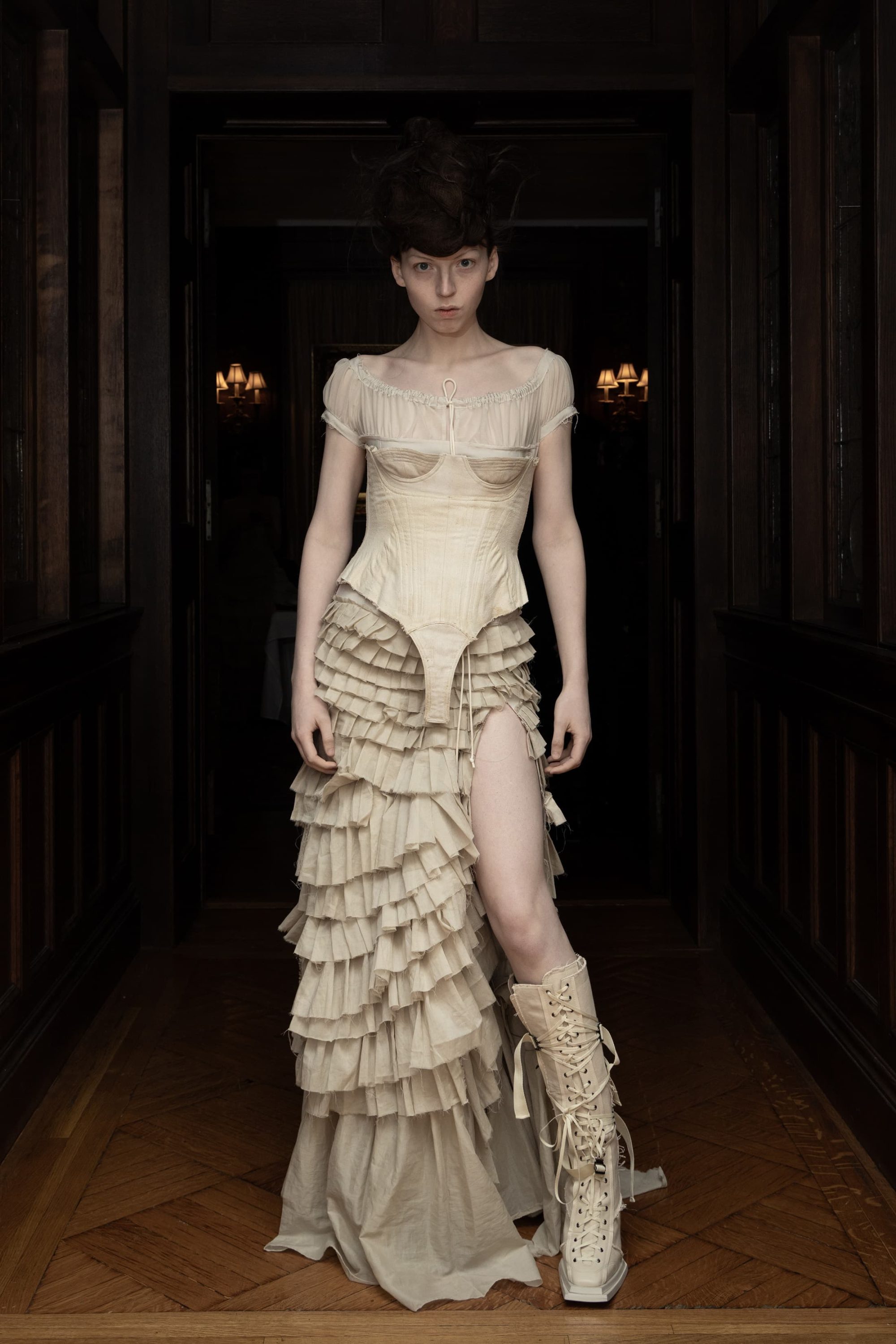
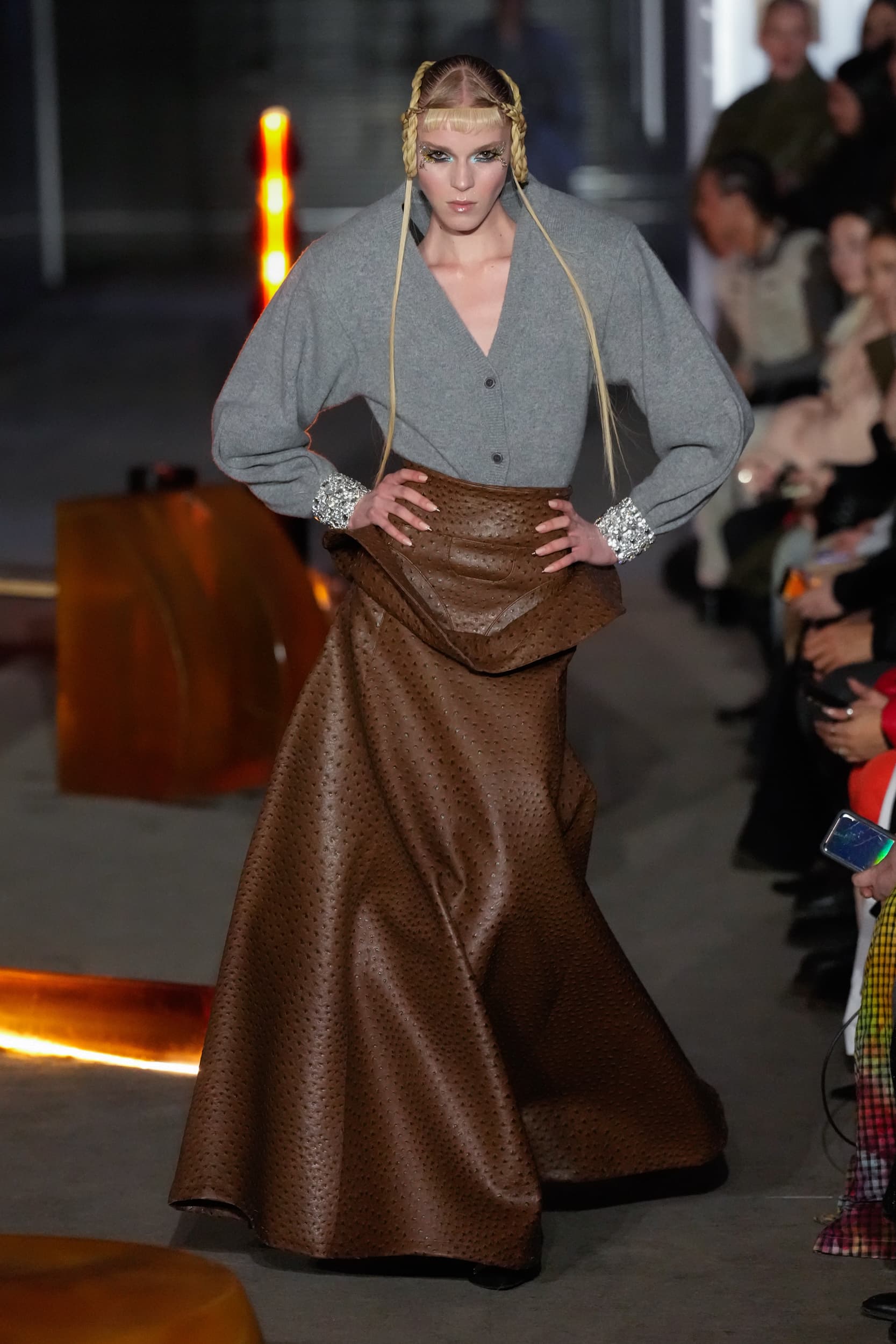
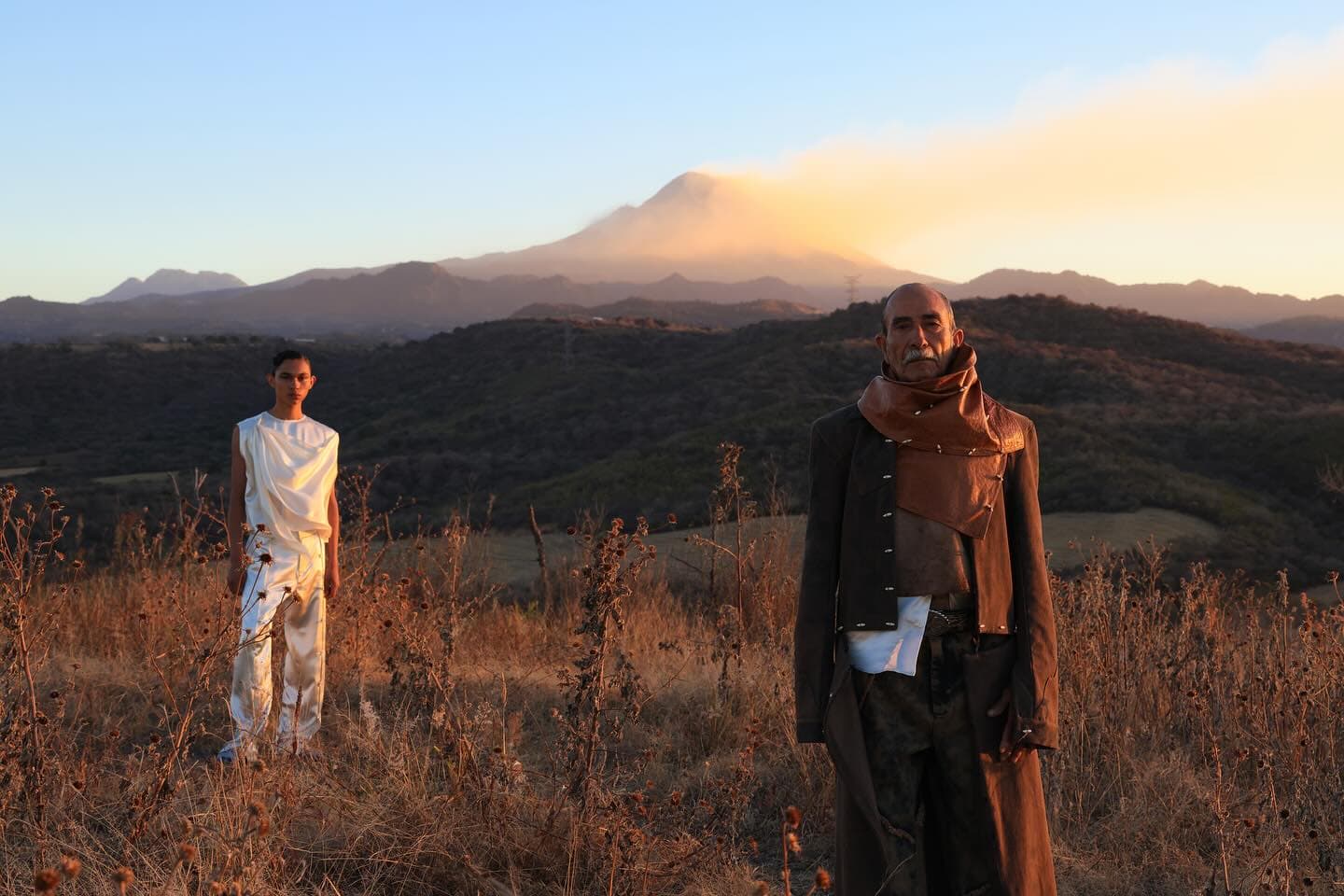
Unfortunately, the difficulties in New York are largely out of these designers’ hands. First of all, the city is just too expensive, and running an independent business can be an incredibly precarious financial position. The one change that would make NYFW instantly better is affordable housing – but it’s hard to imagine that happening anytime soon.
Moreover, unlike the European fashion councils, the CFDA is composed only of designers and doesn’t get any assistance from government grants, meaning there’s less infrastructure and support for brands – as well as the editors who champion these brands. Finally, this season, several of the bigger names, including Peter Do, Gabriela Hearst, and Ralph Lauren, will be showing in Europe or off the official calendar, meaning fewer eyes will be on the city.
Nonetheless, designers should not despair. Strong design with a distinct point of view will always resonate, and the feeling of slow but definite transition that the city’s fashion scene is feeling means opportunities for growth and experimentation with new ways to expand the communities that gather around exciting new creative voices. For the first time this year, the CFDA has partnered with the Rockefeller Center to livestream many of the seasons shows, getting them before a much broader and more diverse audience then usual, which could be major for brand building out there customer niche. A strong social media strategy can help even the odds as well, drawing on your established community of organic brand ambassadors and leveraging the livestream to reach beyond geographical confines.
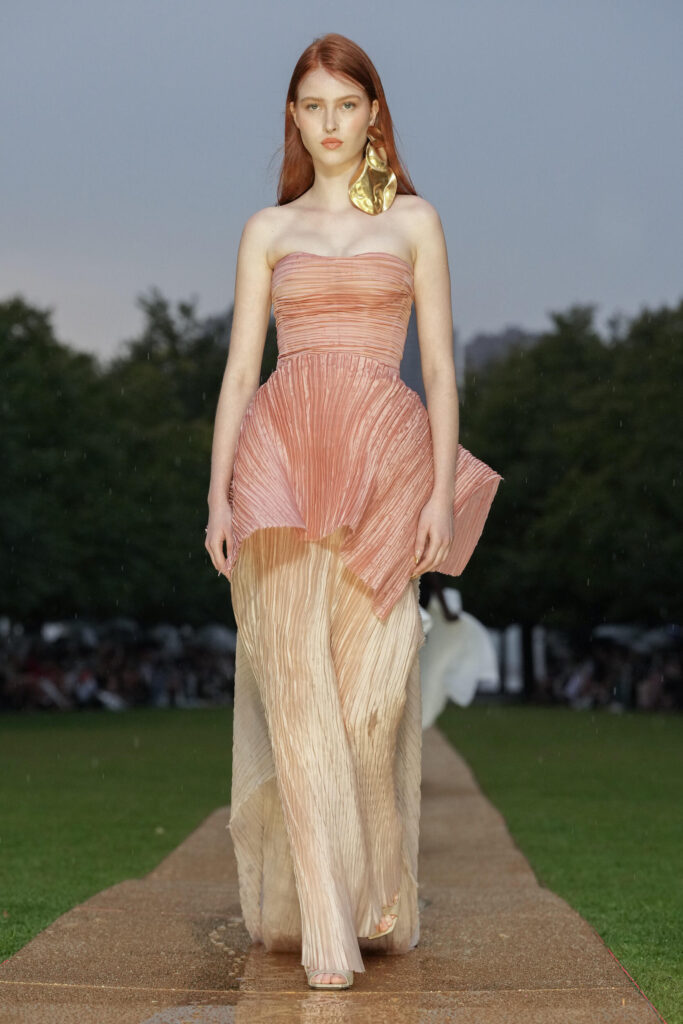
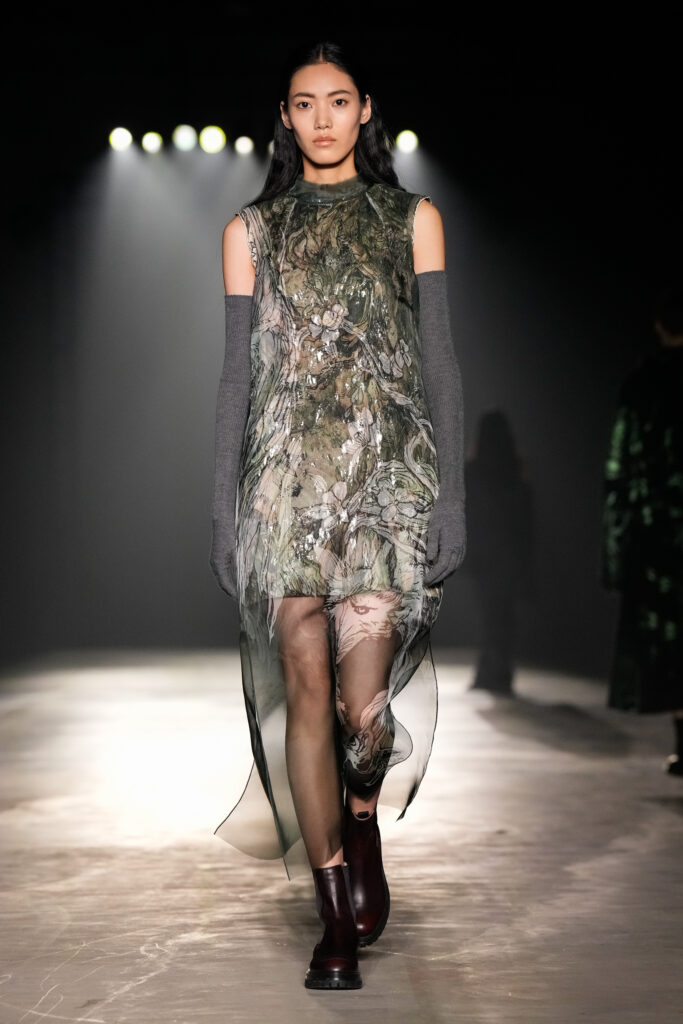
Alongside Paris, New York also is one of the more global fashion capitals – if not always in terms of its reach, then definitely in terms of the designers and perspectives that call it home. One of the major trends we’ve been seeing in recent financial reports is the shifting international landscape of luxury spending, with regions like South America, India, and the Middle East starting to take a bigger market share, while of course China remains huge and only continues to grow. New York-based brands might not have the resources to run a regional ad campaign or open a store in Shanghai, but, again, a distinct perspective on contemporary luxury is always in demand. Get the right look on the right influencer whose values align your brand’s, and that could be all it takes to gain a new international following.
Key Takeaways
New York’s fashion designers face significant challenges, including high costs and limited financial support compared to their European counterparts. Despite these obstacles, designers can capitalize on emerging opportunities by maintaining strong, distinctive design voices and capitalizing on digital innovation – from making the most of the livestream to building engaged communities via social media, leveraging organic brand ambassadors, and tapping into international markets. The shift in global luxury spending presents a chance for those with a unique vision to grow their customer base.
There is so much exciting talent in New York, and we’re hoping to see these designers push themselves to make the world recognize it.
